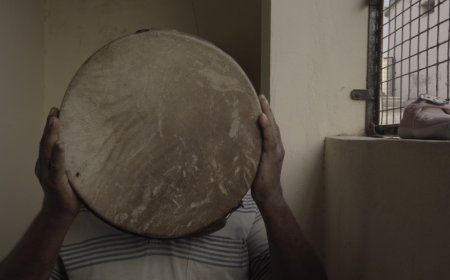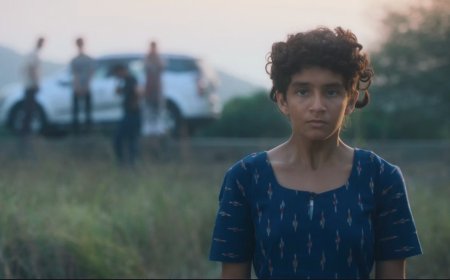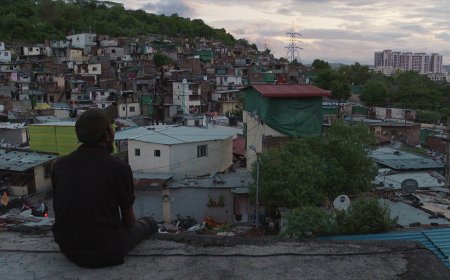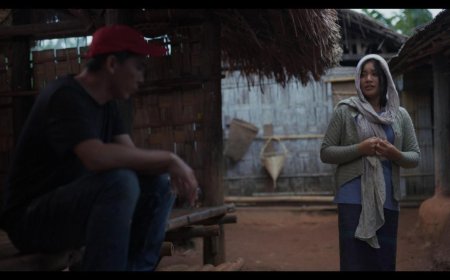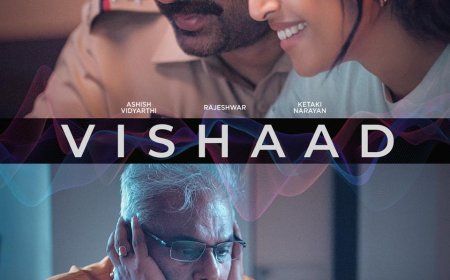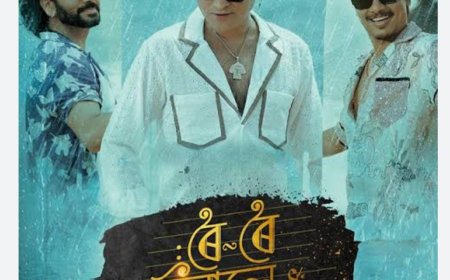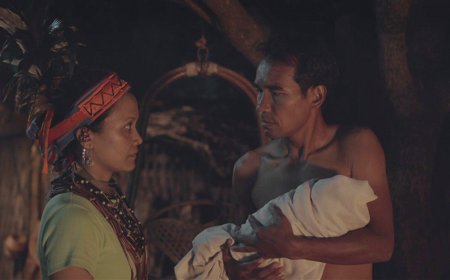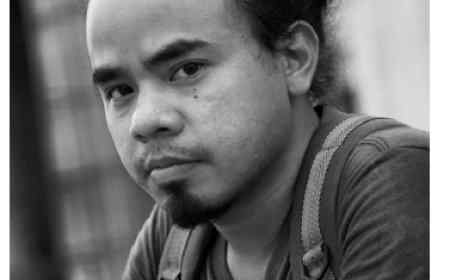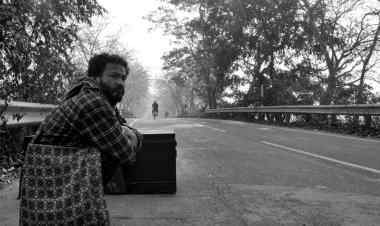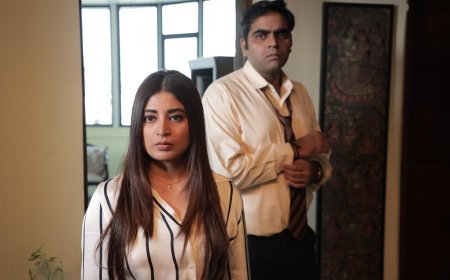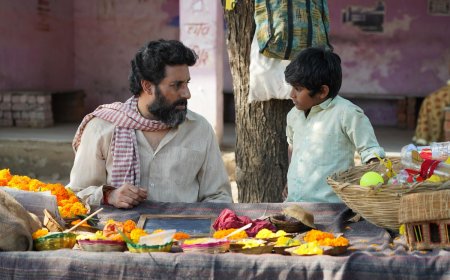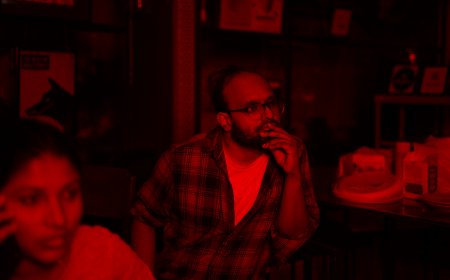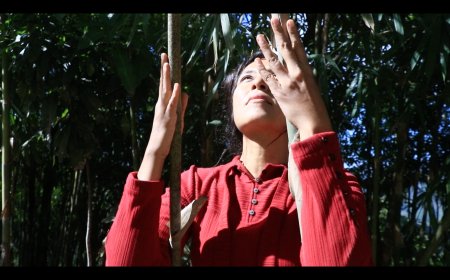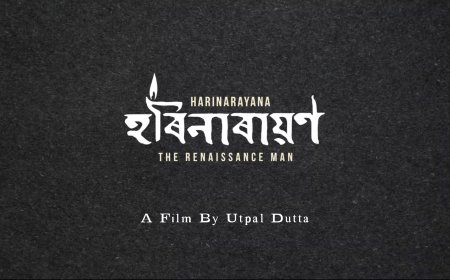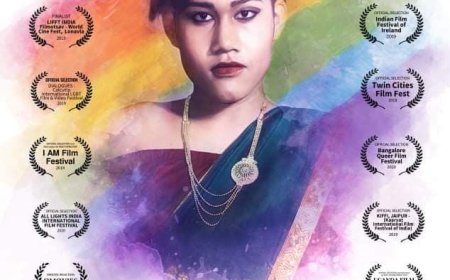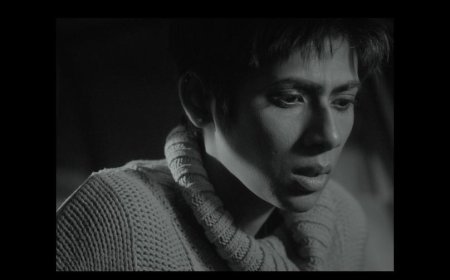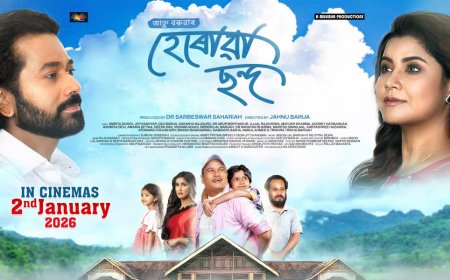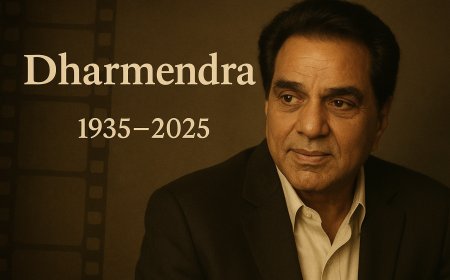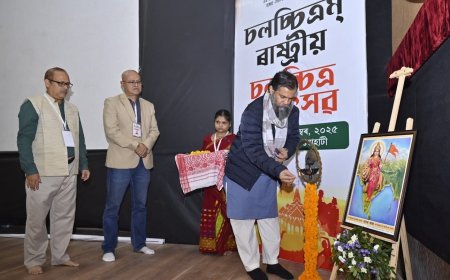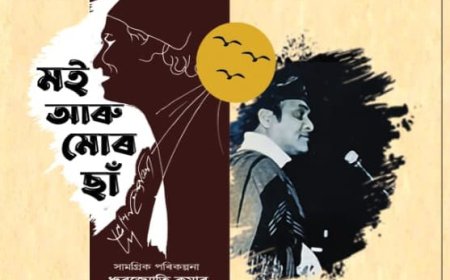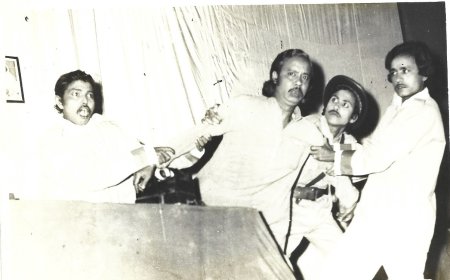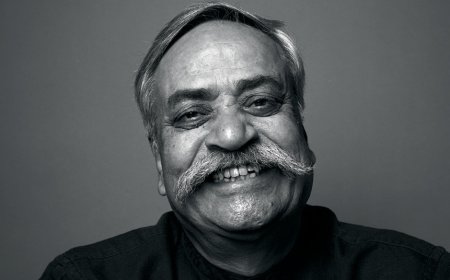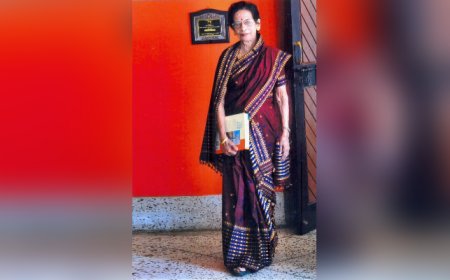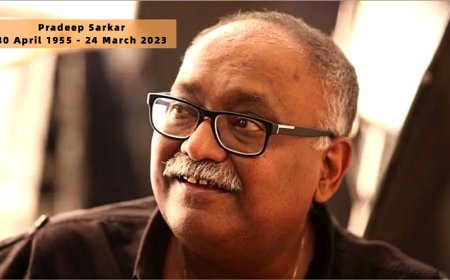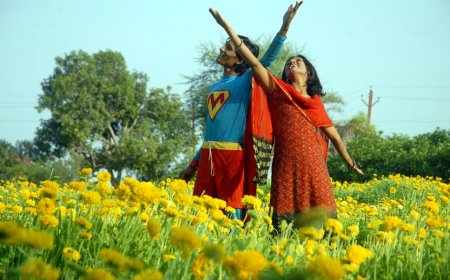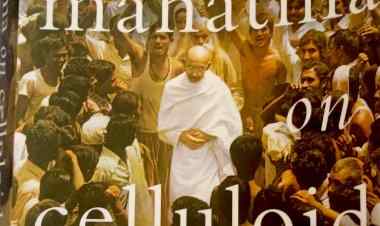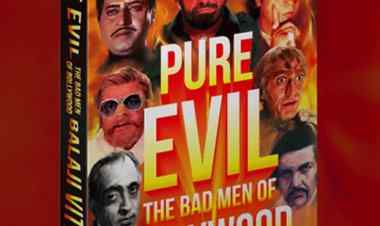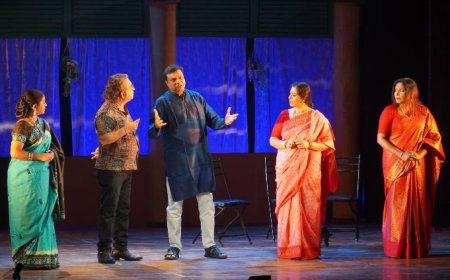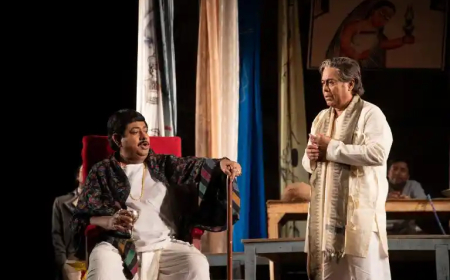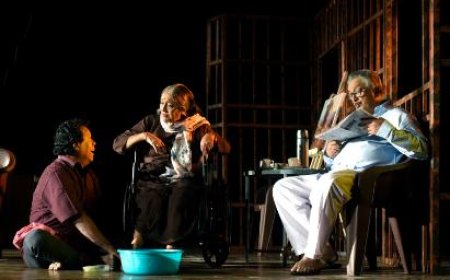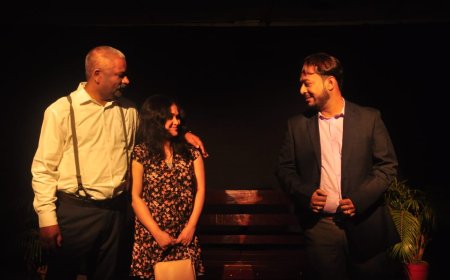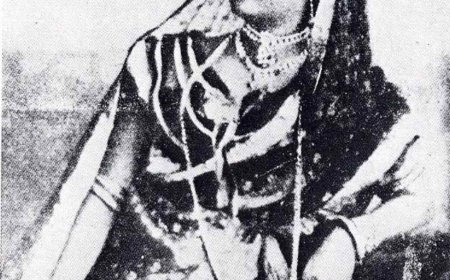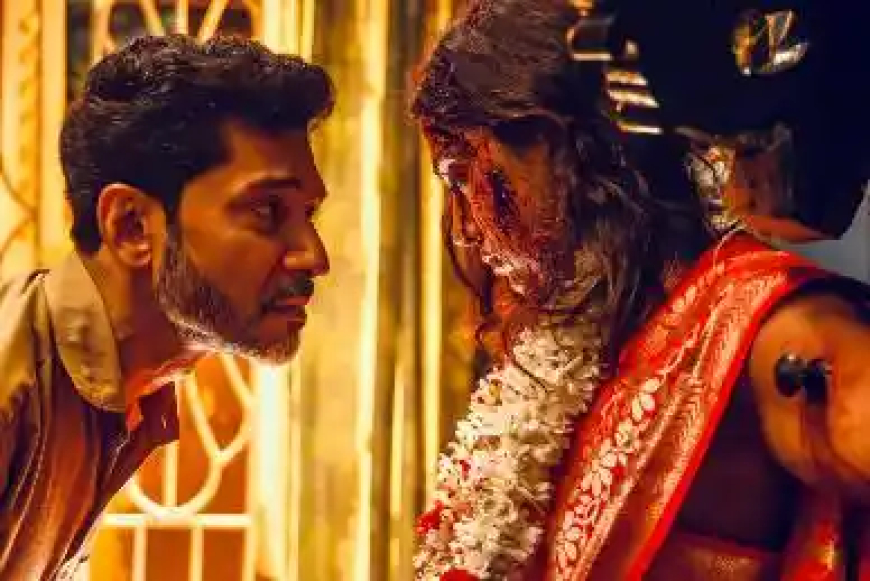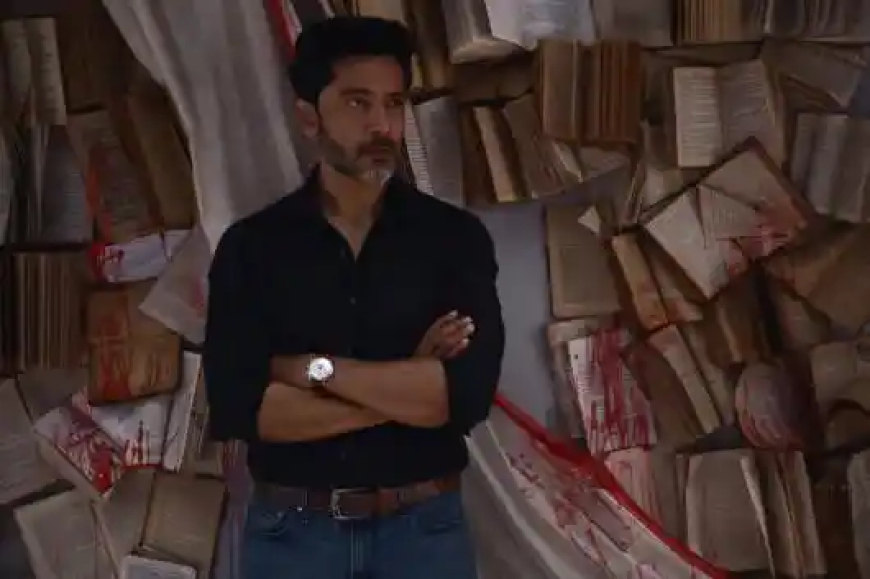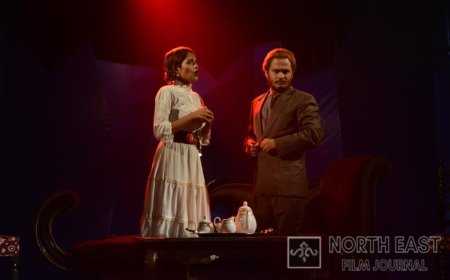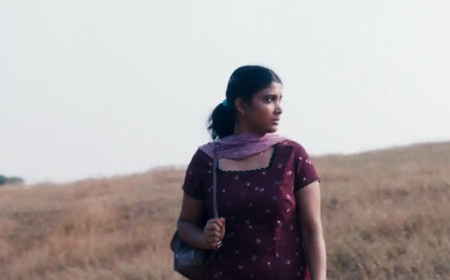CHAALCHITRO – THE FRAME FATALE SLICK, SMART AND CONFIDENT
Dr. Shoma A. Chatterji provides a thoughful review of the film "Chaalchitro - The Frame Fatale".
Pratim D. Gupta belongs to a rare breed of filmmakers who gave up his successful career as a film critic to become a filmmaker. Looking back on his career as director over the past 12 years, he does not believe in working within a single genre. Though his filmography is not voluminous like some of his peers in Bengali cinema, he keeps looking for the genre he is most comfortable and creative in. This critic loved his Saheb Bibi Golam (2016), a film that overlaps with several tracks where characters telescope into one another, it is Maacher Jhol (2017) considered to be his best till date though this critic still holds a flag for Saheb Bibi Golam.
With Chaalchitro - The Frame Fatale, he has stepped into the tricky world of the police thriller. With its special edge of being a psychological thriller too, the film does not need to fall back on any literary source. Chaalchitro - The Frame Fatale is not just about policemen hunting for a serial killer who seems to have resurfaced after 12 years as apparently, the modus operandi seems to be similar to the earlier series of murders. But the killer of the earlier murders is lodged in a lunatic asylum. So who is this new killer? No one knows. His modus operandi consists of choosing young women who (i) live alone, (ii) are young and working and (iii) have broken off their engagement not long ago. The victims are tortured, killed, dressed up in red, white-bordered saris and after being killed, are strung up on a wall with hands nailed to the wall, with a circular frame behind their heads known as “chaalchitro” in Bengali. This is usually seen as a decorative piece used as a back frame behind the head of the Goddess, Durga.
This film fits more seamlessly in the genre of the police procedural thriller. According to Hillary Wagh, “These are stories, not just about policemen, but about the world of the policeman” which is significant because the personal lives of the four-member team investigating the serial killings have their own problems to contend with. Heading the team is Kanishka Chatterjee (Tota Roy Choudhury), followed by his immediate junior Nasir (Anirban Chakraborty) who is a single parent with a severely spastic daughter, Putul (Tanika Basu) mostly looked after by caregivers, then the young Bishwa (Indrajeet Bose) and the complete newbie Ritesh Kumar (Shantanu Maheshwari), an IIT topper who has switched over to become a topper in IPS too. Kanishka suffers from panic attacks and takes pills for his depression. But why he is so rude with his working wife (Raima Sen), no one knows. Biswa (Indrajeet Bose), who believes in using his physical strength on suspects, is very fond of a prostitute (Priya Banerjee) who refuses his proposal of marriage and chooses to remain independent. Ritesh, a Marwari, is in love with a Bengali girl (Swastika Dutta) but her parents have strong reservations of his being in the police force. The personal lives of these cops intermingle with their professional assignments and conflicts. Ritesh is flustered as he is constantly ragged by his seniors, mainly by Kanishka who keeps poking him for being a “softie.”
Chaalchitro - The Frame Fatale, is both character-driven and plot-driven where the two overlap but do not lose way. There are lots of hunts, chases and action plus some gruesome scenes of violence which might have been touched a bit lightly at times. But then, it is a psychological thriller so violence is allowed to be a part in a film dealing with serial killings. The capturing of the fight Nasir gives to the hooded and masked killer and its sharp editing till Nasir is killed is excellent and evolves into one of the high points of the film. The editing (Antara Lahiri) is vigorous and fast which sustains both a sense of off-balance disorientation and a headlong, forward prepulsion. Sabarni Das’ costume design is a fit for all the characters though it did not seem much of a challenge for her. The art direction (Ananda Adhya) meets the challenge of designing and creating the images of the murder victims. Dhrubajyoti Misra’s music harps on the music of a famous Tagore song but he has done much better work in other films. Anindit Roy’s sound design is apt as it melds into the film so well that you hardly notice it.
The characterisation and fleshing out of Nasir’s spastic daughter is realized brilliantly by Tanika Bose specially her reaction to the news of her father’s murder. Tota Roy Choudhury with his lithe, fit and slim body, his wonderful acting and his confusion as he is constantly caught between the depression of failure in the earlier serial killings 12 years ago and the present one alongside his unfair treatment of his wife is an ideal choice for Kanishka.
Anirban Chakraborty as Nasir is brilliant and unwittingly captures much of the heat from the rest of the cast. Poor Raima Sen remains underutilized for no reason so a lesser-known actor could have filled the bill. Ritesh Kumar is brilliant in his debut as Shantanu while Indrajeet and Swastika Dutta are confident though placed against histrionic giants. Bratya Bose as the captive lunatic who killed the women 12 years ago imagining himself as Asura in human form is brilliant. I found Debesh Chatterjee teaching Hamlet to his students in a graveyard, which he insists he has been doing for years, both bizarre and morbid.
This is a film where the killer remains entirely beyond the story and steps in only after he is caught by Ritesh and brought in for questioning. This, according to this critic, is a weakness of the script since we do not know about his existence till he is captured and brought into the investigating room, his hands handcuffed, but his demeanour and attitude spilling over with confidence. Md. Ziaul Faruque Apurba, a hot favourite in Bangladesh, makes his debut as the villain in this film. He has a wonderful speaking voice and an easy demeanour but his sudden appearance out-of-the-blue remains unexplained, making the narrative a bit weak into the bargain. Besides, how he executes and plans the murder of his last victim, breaking away from his ‘chain’ of framing his victims remains unexplained which also breaks the significance of the title. Why and how he does it, sitting with handcuffs on his wrists in the questioning room, remains unexplained.
One question: Are all Kolkata streets so deserted at night even today to permit a young lady being followed without being noticed? What about neighbours not hearing the loud sounds of attacks on the victims and their screams? Small mercies. But thank you Pratim D.Gupta and team, you have pulled it through and how!
*****
What's Your Reaction?







